BLOG
Digital Transformation in China: Opportunities for Growth
Our research shows that while CEOs are great transformation leaders, they are less skillful communicators.
At the end of 2020, global companies know that digital transformation is a critical piece of moving their businesses forward. With the challenges brought by COVID-19 and other geopolitical factors, new opportunities and industry patterns have emerged. It is now imperative for companies in China to seize these opportunities and accelerate their digital transformation agendas.
“It is now imperative for companies in China to seize these opportunities and accelerate their digital transformation agendas.”
In our new report “The 2020 State of Digital Transformation,” Altimeter, a Prophet company. surveyed more than 600 executives, including 100 in China, about how they are pursuing digital transformation. The research revealed some distinct regional differences and highlighted the opportunities for companies in China to achieve uncommon growth. (Download the full China report here)
The State of Digital Transformation in China: Understanding the Driving Force
Digital transformation is a firm-wide agenda that requires a clear vision and commitment communicated from the top.
In China, digital transformation initiatives are mostly sponsored by the CEO, CMO and CIO/CTO. Together, these roles provide sponsorship for digital transformation in 83 percent of the Chinese companies. That differs from other regions, where a broader mix of leadership is typically in charge, including the Chief Digital or Chief Innovation Officer, as well as the Board of Directors.
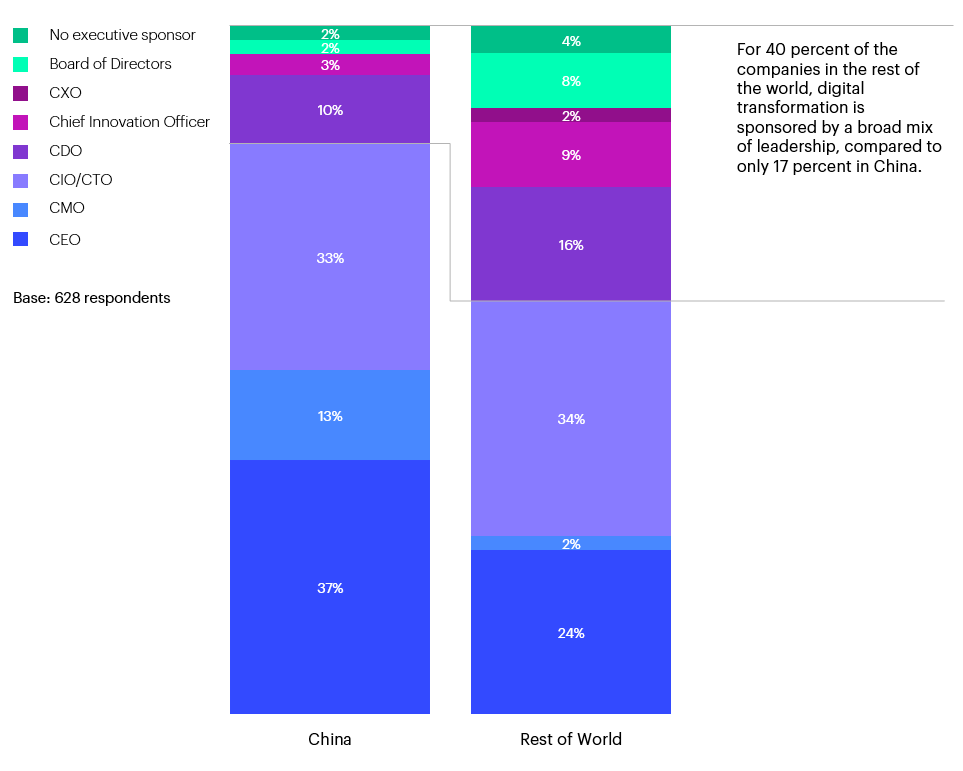
Figure 1: Executive Sponsorship of Digital Transformation
“Which executive officially owns or sponsors the digital transformation initiative?”
Most notably, significantly more CEOs and CMOs in China are ultimately responsible for digital transformation, at 37 percent and 13 percent respectively, compared to 24 percent and 2 percent in the rest of the world.
But there’s a problem. While CEOs lead the charge and appreciate the strategic importance of digital transformation, they often fail to communicate those transformation initiatives are considered a top priority. And they don’t provide enough visible follow-through and strategic guidance.
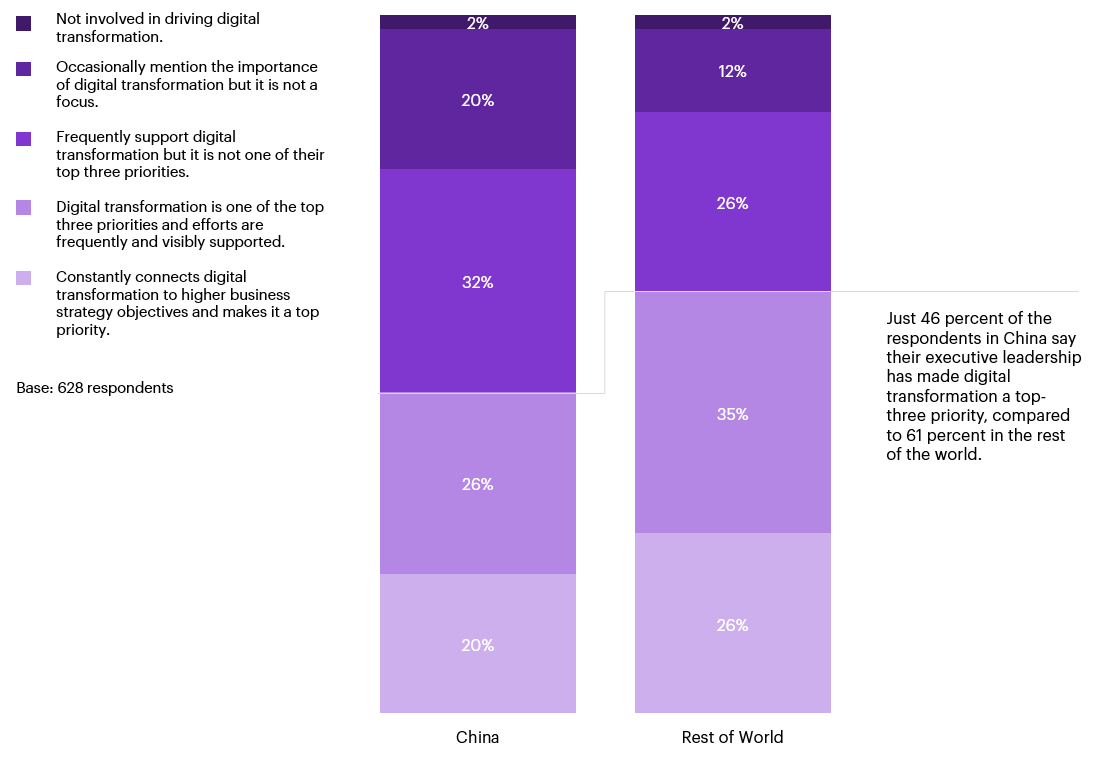
Figure 2: How Digital Transformation is Driven by Leadership
“Which of these statements best describes the nature of executive leadership in your organization?”
Because they fail to articulate the vision adequately and don’t actively promote it, mixed signals can lead to confusion for employees and customers. Just 46 percent of the respondents in China say their executive leadership has made digital transformation a top-three priority, compared to 61 percent in the rest of the world. And 22 percent say their executive leadership doesn’t see digital transformation as a focus.
Top drivers of transformation in China: Building a more resilient and high-performance culture and operation.
The events of 2020 have changed the way the world looks at digital transformation. Instead of focusing on external drivers, such as finding new markets and customers, they are more driven by internal needs to focus on their operations.
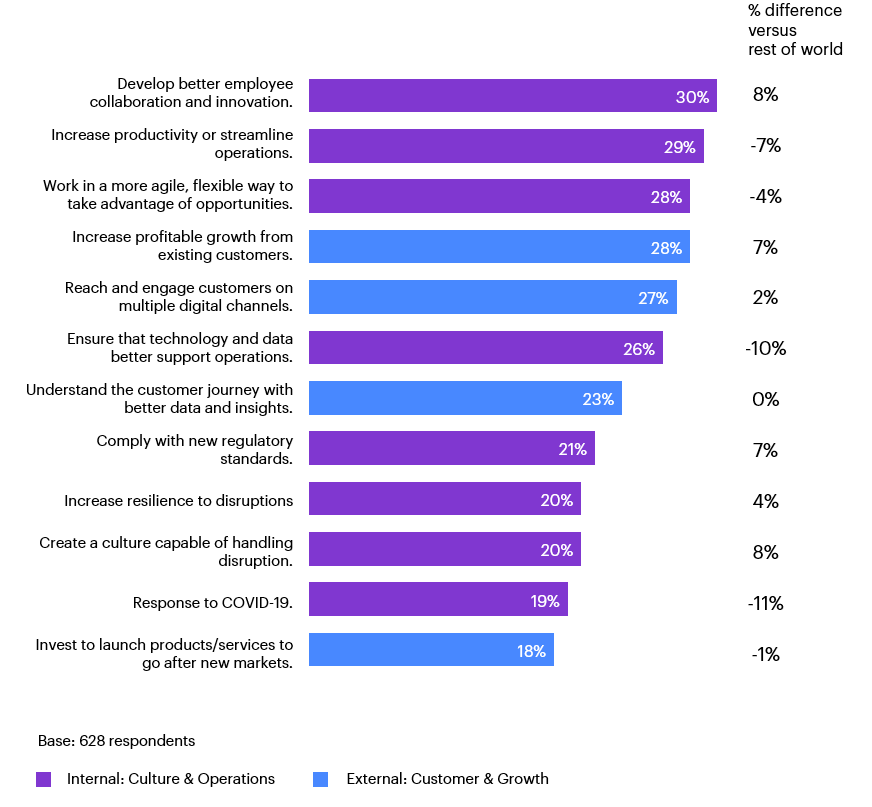
Figure 3: The Top Drivers of Digital Transformation
“What are the key drivers of digital transformation within your organization? Select up to three.”
Chinese companies say that developing a better culture, with more collaboration and innovation, is now the leading digital transformation driver. It was named by 30 percent of Chinese executives, compared to 22 percent in the rest of the world. That is closely followed by increasing productivity (29%) and working in a more agile, flexible way (28%).
Companies here are also more sharply focused on building resilience to keep up with change and global disruption. Some 21 percent of Chinese executives say they are looking for an increased ability to comply with new regulatory standards, compared to 14 percent of the rest of the world. And 20 percent hope to become more resilient to disruption, versus 16 percent. Notably, more believe they can actively create a culture capable of handling that disruption, at 20 percent, versus 12 percent in other regions.
Advance the Transformation: Opportunities for Building Strength
We observed some distinct characteristics of how companies approach digital transformation and identified three opportunity areas they should focus on to move faster toward transformation goals:
Lean into the future by pursuing multiple technologies
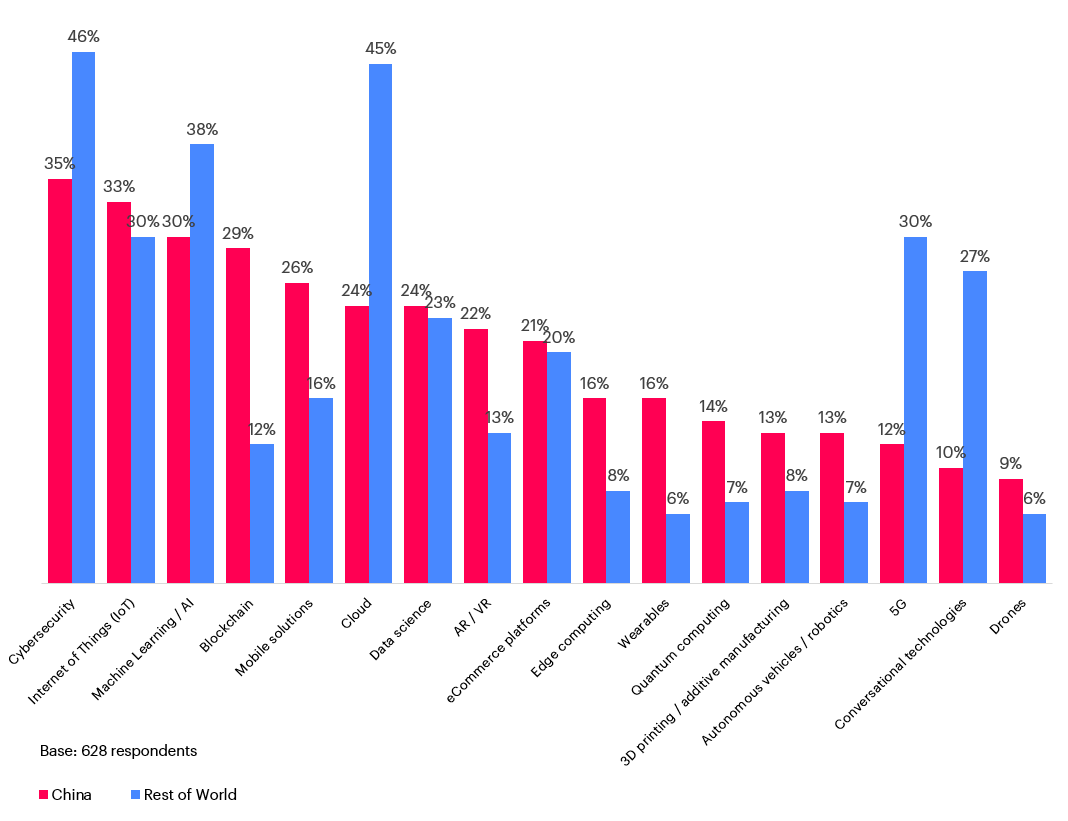
Figure 4: Prioritized Technology Investments
“What are your top priorities for technology investments in 2020? Select up to five.”
Around the world, companies are heavily investing in the same five technologies: Cybersecurity, Cloud, Machine Learning and Artificial Intelligence, 5G and Internet of Things.
Although Chinese companies are investing in these technologies too, they are also more diversified, putting their eggs in far more baskets.
Continuing to invest in emerging technology – and hiring the talent that can best help leverage it – will build competitive advantages and enhance agility, enabling companies to move quickly into new directions.
Integrate more, collaborate better
Chinese companies are also behind other regions in their ability to get employees to collaborate.

Figure 5: Employee Collaboration and Engagement
“Which of these statements best describes how your organization is transforming employee collaboration and engagement?”
In China, just 24 percent of the respondents say their employees are connected throughout the organization, versus 32 percent in the rest of the world. And 38 percent of Chinese companies say that while workers frequently use employee platforms, digital engagement is still limited when working beyond the project team, compared to 27 percent of the rest of the world.
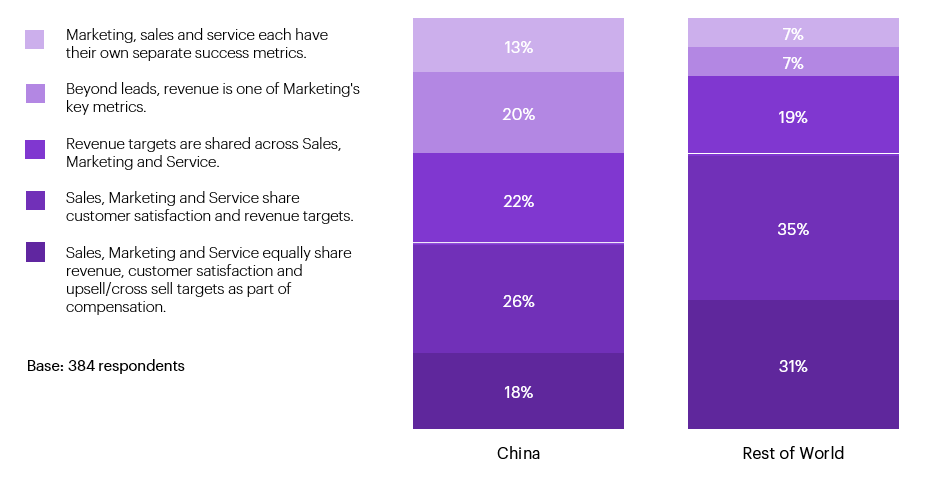
Figure 6: Success Metrics Across Functions
“How do you currently measure success across marketing, sales and service teams?”
Moreover, less than half (44%) of Chinese executives say their companies have aligned customer and revenue KPIs across marketing, sales and service teams. Yet 67 percent of those in the rest of the world have achieved this. As the report emphasizes, unifying metrics is an essential requirement for digital maturity.
Our experience substantiates that. While Chinese companies seem especially skillful at building and deploying highly effective project teams, they need broader collaboration across different functions to achieve maximum impact.
Double down on data
Chinese companies trail other regions in leveraging data as a core strategic component.
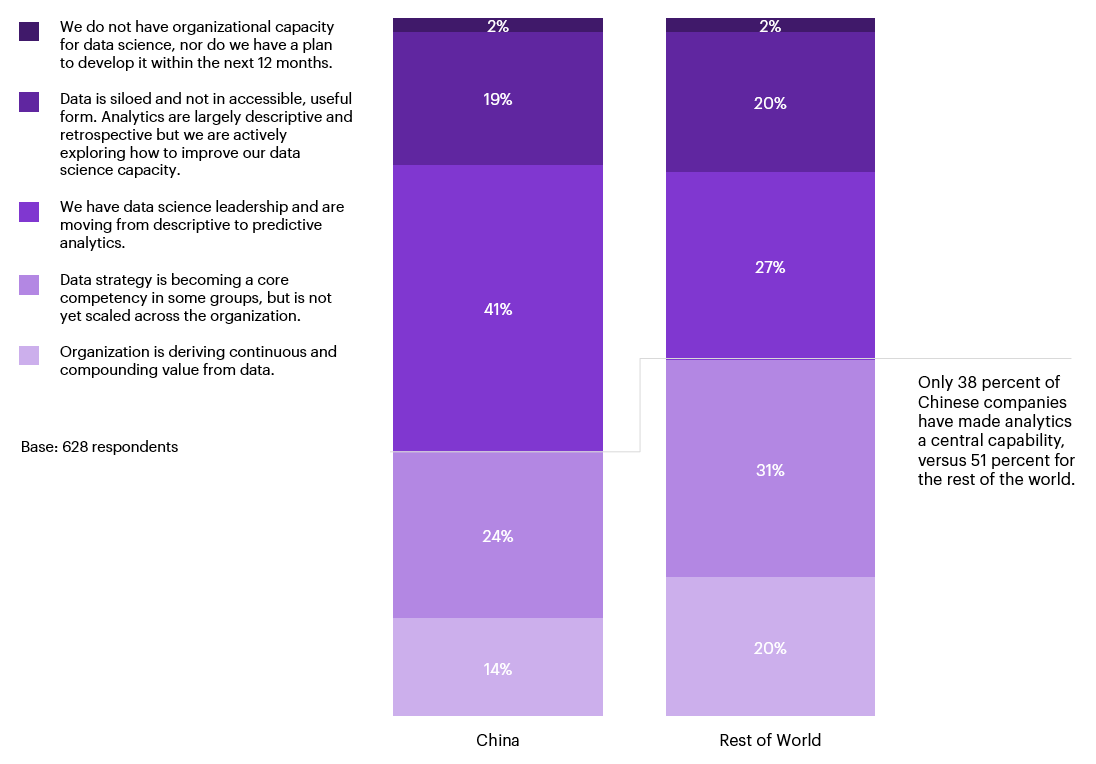
Figure 7: The Use of Data
“To what extent do you have clean and accessible data, clear processes, and organizational support for and discipline around data science in your organization?”
Only 38 percent say their company has succeeded in making data analytics a central capability, compared to more than half (51%) for the rest of the world. That means 62 percent still have the opportunity to expand and build their data capabilities.
FINAL THOUGHTS
Beyond digitizing marketing and sales, digital maturity is also about strengthening organizational operations and driving innovation to increase revenue. That requires a new kind of leadership. CEOs and other leaders must become cheerleaders for digital progress.
Digital leaders can’t afford to lose sight of the need to invest in digital transformation, even when budgets tighten. While no one can predict future moments of opportunity, they will continue to come, creating digital leaders’ chances to further outperform digital laggards.
Download the full PDF report, or get in touch to learn more about how to advance your digital transformation in China to grow better.
